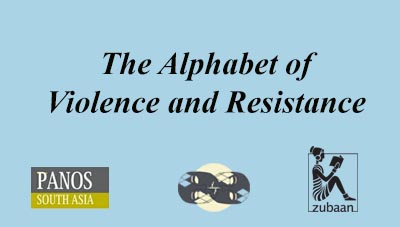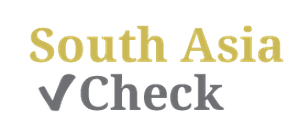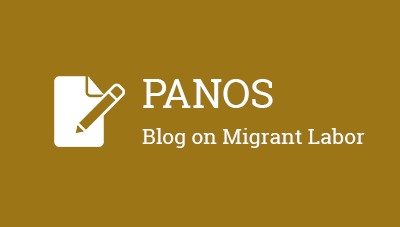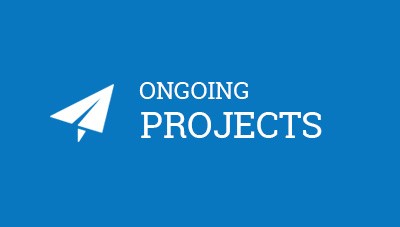About us
Panos South Asia, with its headquarters in Kathmandu, is part of the family of Panos Institutes worldwide that encourage and facilitate public discourse and debate on a wide range of issues. Panos South Asia has its headquarters in Kathmandu (Nepal) with country offices in New Delhi (India), Colombo (Sri Lanka), Karachi (Pakistan), and Dhaka (Bangladesh). […]
Panos South Asia, with its headquarters in Kathmandu, is part of the family of Panos Institutes worldwide that encourage and facilitate public discourse and debate on a wide range of issues.

Panos South Asia has its headquarters in Kathmandu (Nepal) with country offices in New Delhi (India), Colombo (Sri Lanka), Karachi (Pakistan), and Dhaka (Bangladesh). The regional office in Kathmandu was established in 1997,the India office in 2000, the Sri Lanka office & the Pakistan office in 2004.The Bangladesh office opened in 2005 as also the North-East project office in Guwahati. We moved south to Chennai in July 2006, to establish our Globalisation Project office.Recent developments include the addition of new programme staff and the creation of a state-of-the-art media centre in Kathmandu.
- To work in partnership with both local and regional partner organisations to stimulate and inform public and policy debate, and to provide information on key environment and development issues that is accessible to multiple target groups.
- To encourage and help develop traditional or innovative information, communications, activities and techniques, to enable marginalised groups and communities to play an increasingly greater role in development debates (for instance recording testimonies of indigenous people displaced by coal mining in Jharkhand or those of women and children affected and infected by HIV/AIDS).
- To utilise issue-based training workshops to promote and build greater capacity in investigative reporting in the region.
- To engage in research that enables us to influence the building of capacity to deal with constantly evolving opportunities and threats arising from new communication technologies. This is especially true with regard to our activities on radio programming and technology to effectively use this communication tool.
- To implement activities to increase the quality of, and capacity for, a continuing regional analysis of information and communications issues.
To serve as a Southern communication nodal point which acts as a link to the Northern media, ensuring that voices in the South have a greater reach.
- VisionPanos South Asia’s vision is to make societies inclusive, democratic and just. We seek to renegotiate power through media by enabling diverse opinions, ideas and theories to be included in the debate on governance and development.
- MissionPanos South Asia’s mission is to realise its vision through an innovative understanding of media dynamics and creating an enduring partnership with media to widen the public sphere. It has evolved a roadmap with five clear signposts to reach its ambitious destination.
- Focus on Media : The media in South Asia is our primary area of focus. The media, of course, is not a monolith. There are various forms of media. There is the mainstream and then the alternate media. PSA seeks to work with all these forms to facilitate democratic dialogue on issues critical to the region.
- Gender as an integral part of any activity : While PSA acknowledges the relentless work done by women’s groups and the significant changes it has brought in the mediascape leading to a greater presence and participation of women in the world of articulation, it is acutely aware of the huge gap between our dream of equal participation and the current level of limited participation of women in the decision-making process. Be it our governance structure, recruitment policy, our fellowships or training programmes, we strive for gender equality.
- Gender as an integral part of any activity : PSA seeks to create democratic spaces in media discourse through interventions at three levels. The first is the entry level with young journalists, who are provided training both at the Media Centre and within their respective countries on honing professional skills, both content and technology.







